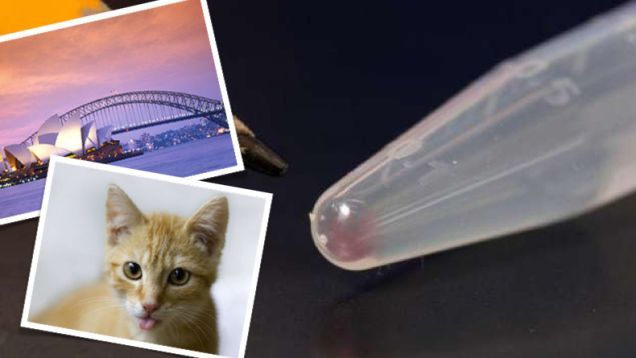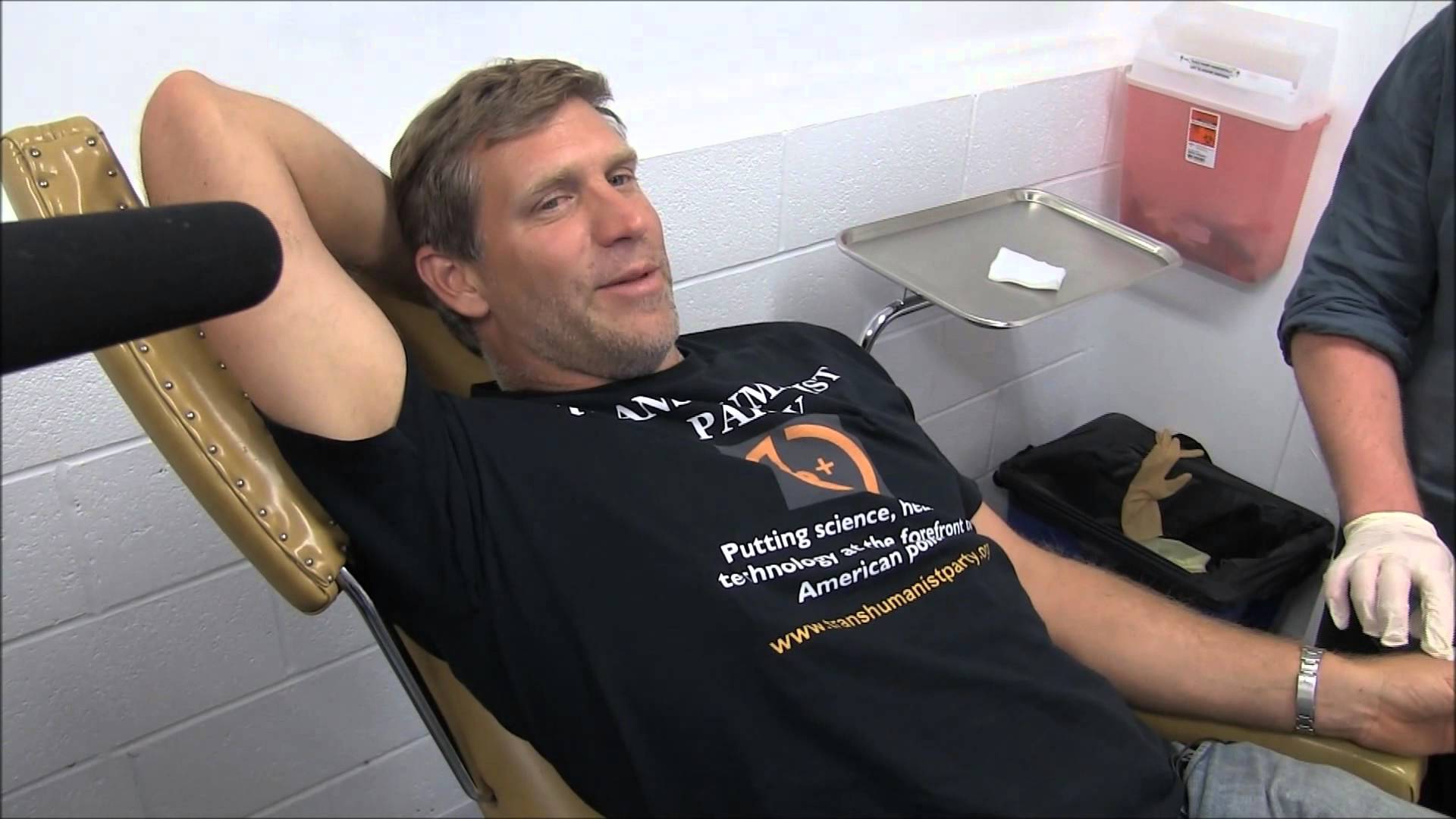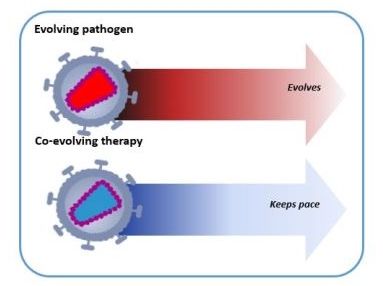Apr 8, 2016
Scientists Stored These Images in DNA—Then Flawlessly Retrieved Them
Posted by Shailesh Prasad in category: biotech/medical
Who needs memory cards when you have DNA? A team of scientists has been able to store images within the life-defining molecules then retrieve them perfectly.
Researchers from the University of Washington have been working out how to take digital files and convert them into strings of DNA that can be easily read back. Luis Ceze, one of the researchers, explains in a press release:
“Life has produced this fantastic molecule called DNA that efficiently stores all kinds of information about your genes and how a living system works — it’s very, very compact and very durable. We’re essentially repurposing it to store digital data — pictures, videos, documents — in a manageable way for hundreds or thousands of years.”
Continue reading “Scientists Stored These Images in DNA—Then Flawlessly Retrieved Them” »


















